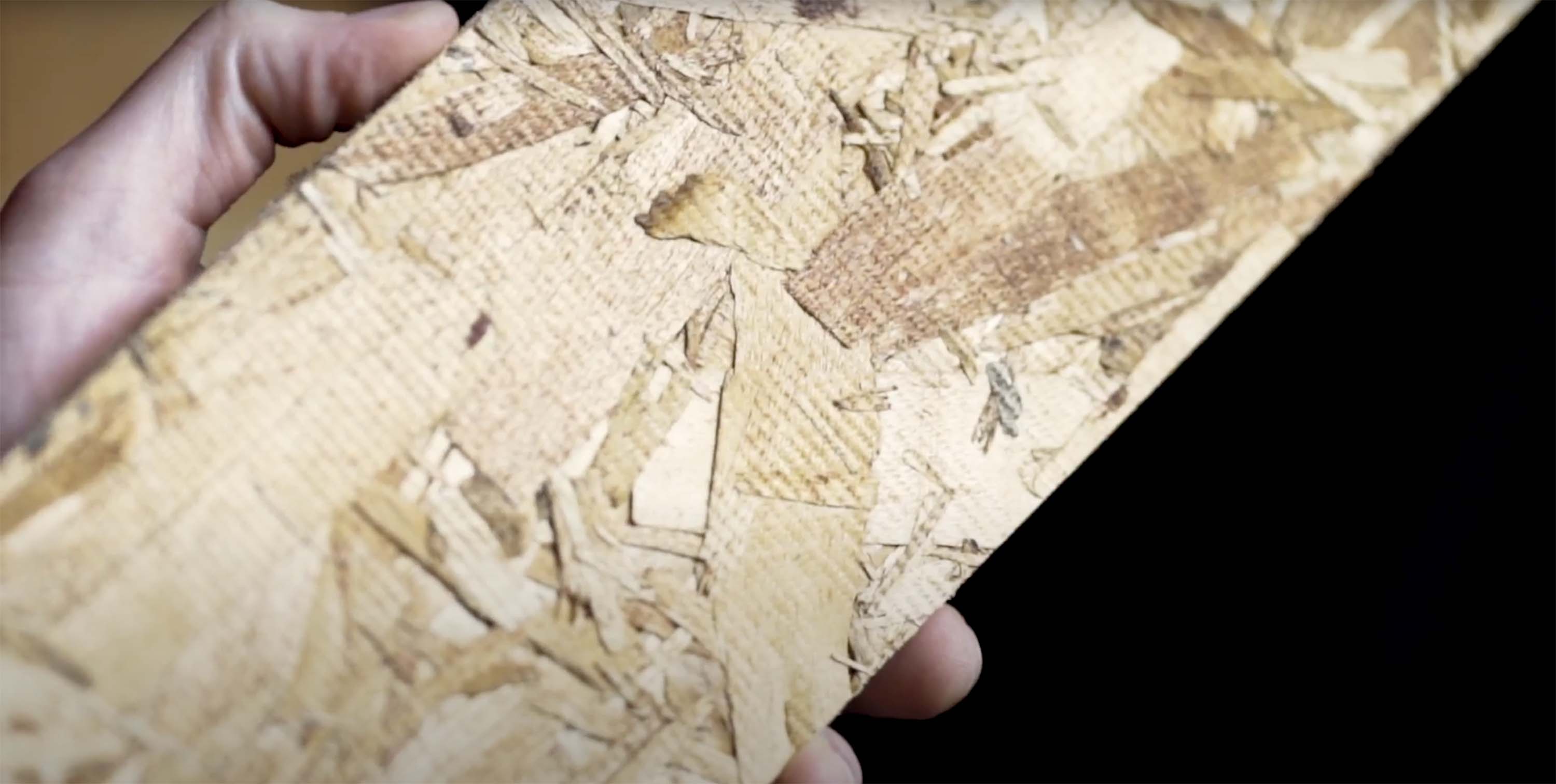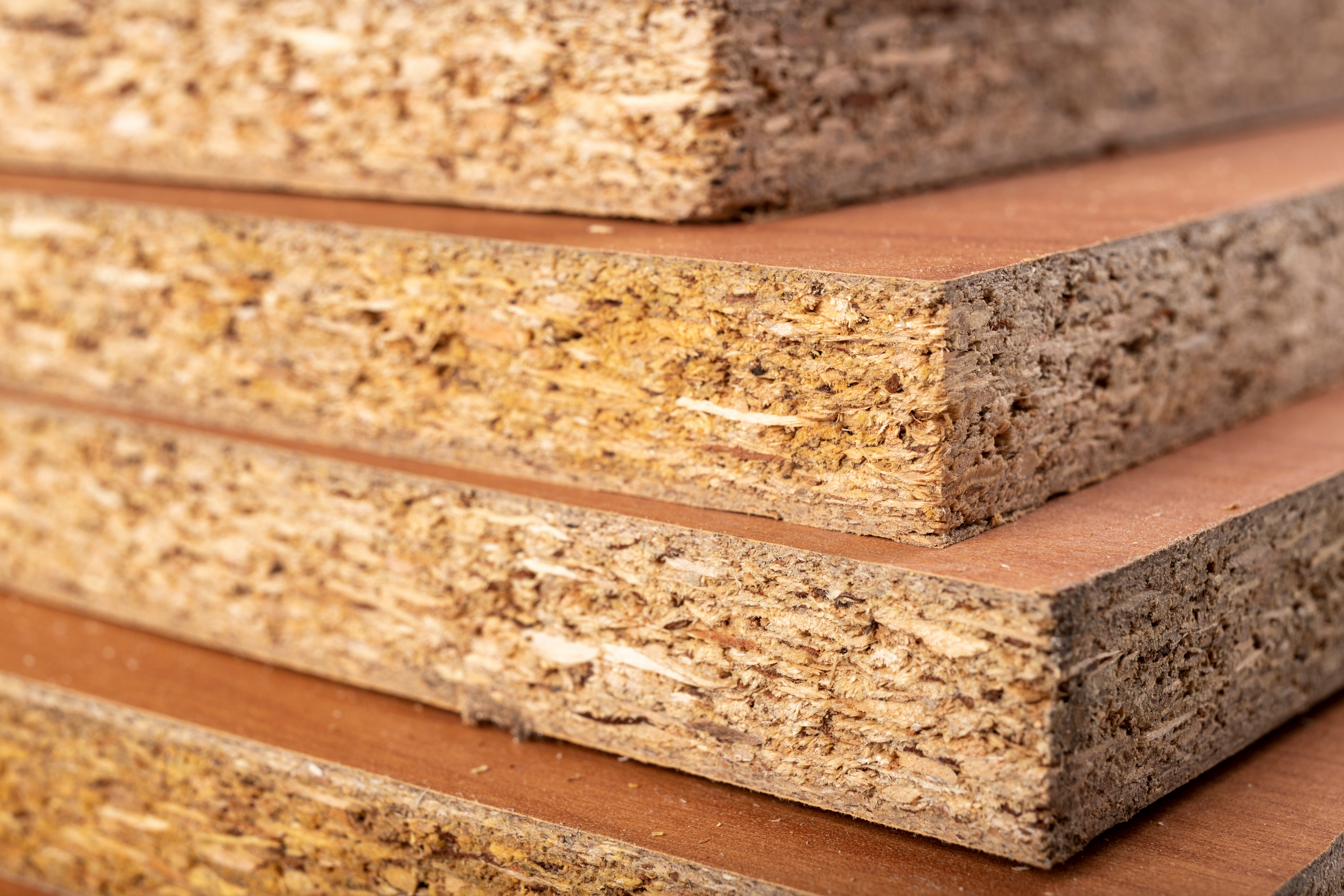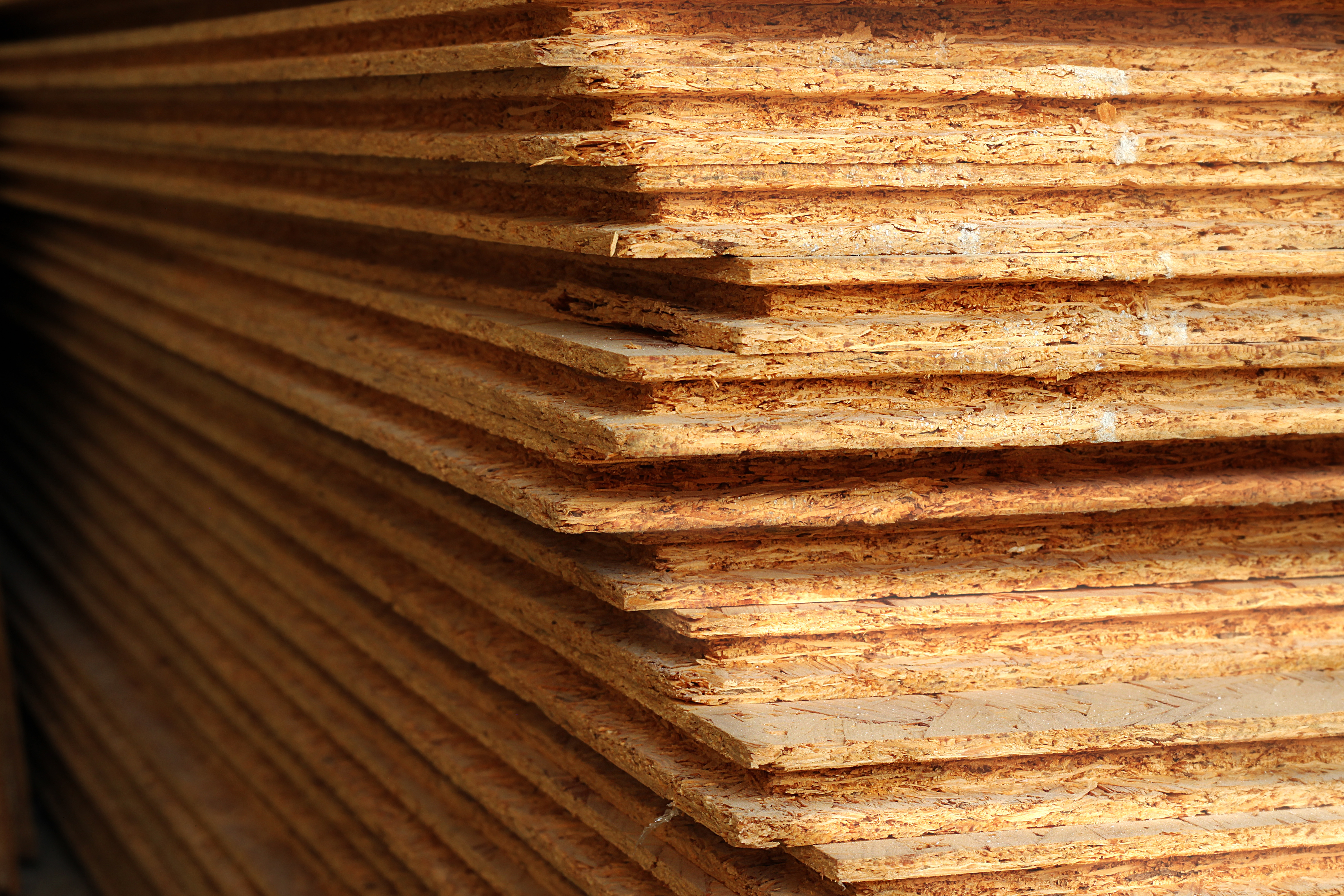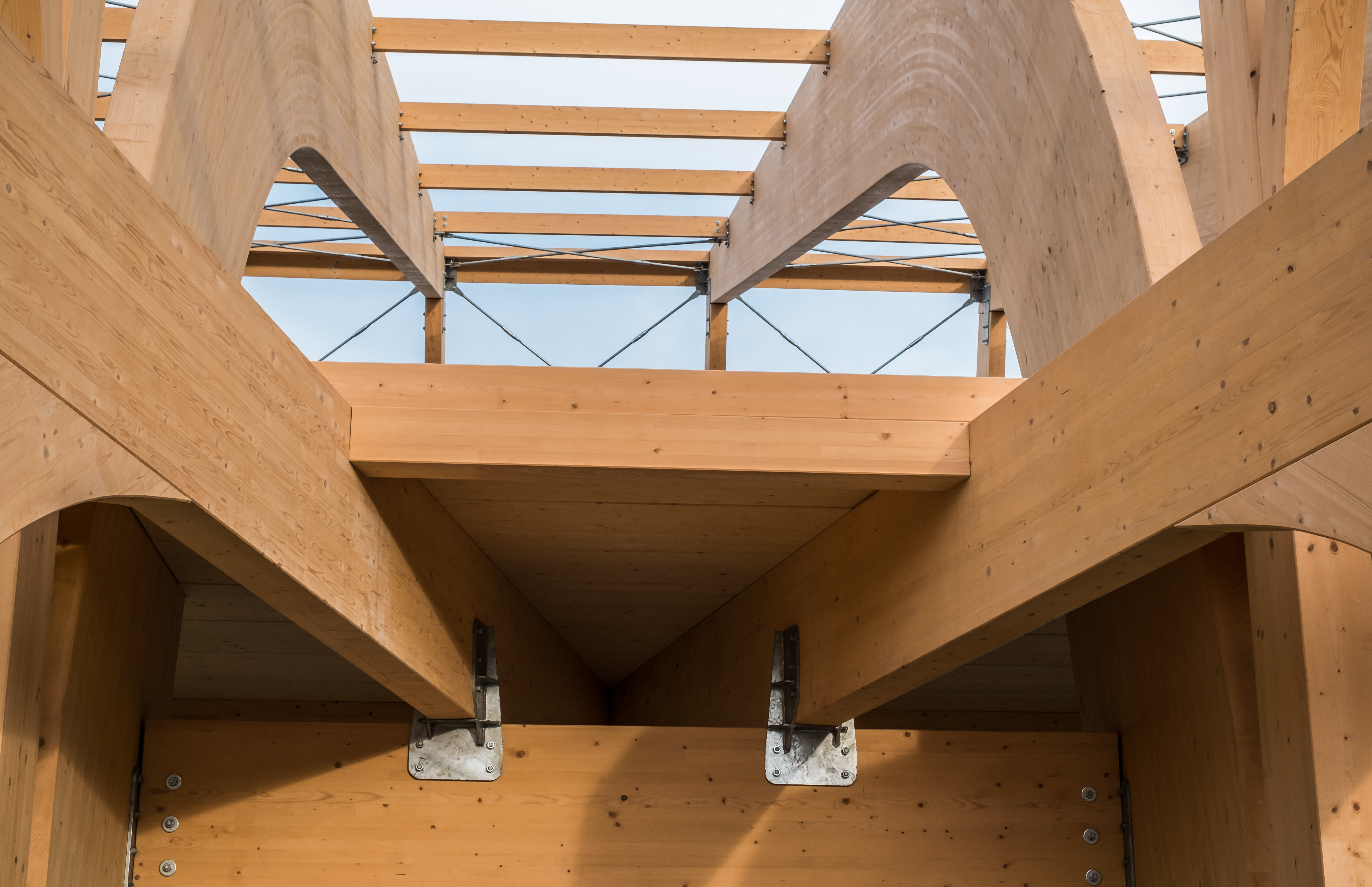LSL vs. LVL vs. PSL vs. Glulam vs. OSB - Guide to Composite Lumber
Structural composite lumber (SCL) is an umbrella term for engineered wood fabricated by layering and binding wood veneers, strands, or flakes using moisture-resistant adhesives. It’s engineered to maximize the wood’s natural strength while offering straightness and uniformity optimal for structural support needs. However, not all engineered wood is the same, instead offering varying levels of affordability, durability, and eco-friendliness.
Below, we compare popular options—OSB vs. LSL vs. LVL vs Glulam—to help you determine which type of beam best fulfills your specific needs.
Different types of Structural Composite Lumber (SCL)
Oriented Strand Board (OSB)OSB combines wood strands or flakes using waterproof resin. The result is a highly versatile, consistent engineered wood that is also incredibly cost-effective. It’s also surprisingly strong, particularly when compared to plywood.
All engineered wood utilizes trees, a renewable resource. However, OSB (and LSL) is particularly noteworthy for its eco-friendliness because the species they employ renews more rapidly than other types. What’s more, the use of smaller strands lets fabricators leverage all wood elements of the tree, even knots and abnormalities.
OSB is not without its limitations. It's difficult to finish or paint, and offers less resistance to moisture than other types of composite wood. Additionally, it is particularly susceptible to splitting or causing screws to strip out. To counter these risks, seek fasteners with aggressive threading like the #12 Woodgrip™ XG, a screw specially designed specifically for OSB fastening.

Laminated Strand Lumber (LSL)
LSL is similar to other SCL except that it consists of flakes (much like OSB). For comparison, LVL is made from multiple layers of veneers bonded together. This difference in the creation process causes LSL to provide a "rougher" surface texture than LVL and similarly built SCL beams.
Much like OSB, LSL lacks the option to be curved or stained, making it more suitable for structural framing that won’t be visible. The shear strength of LSL is considerable, though less than PVL, LVL, and glulam. For this reason, it’s more affordable and is often favored for shorter beams.

Laminated Veneer Lumber (LVL)
LVL leverages heat and pressure to bind thinly sliced veneers parallel to one another, a process that is particularly accommodating to narrow beam dimensions. Its shear strength is superior to LSL but doesn’t quite match PSL’s ability to withstand bending stress. LVL is more expensive than LSL but is affordable compared to PSL and glulam.

PSL, also called parallam, is made from veneers positioned into parallel strands connected with specialized adhesive, not unlike LVL. Notably, PSL is available in a wide range of wood grains and is compatible with various stains, making it a prime choice for exposed woodwork. What’s more, it can be treated for added moisture resistance, making it suitable for exterior use, even in damp environments.
Celebrated for its remarkable strength and resistance to bending, it’s frequently used in long-span beams and heavy headers. Considering its sturdiness and visual appeal, it should be no surprise that PSL is more expensive than most other SCL options including the above-mentioned LSL and LVL.

Glulam (the shorthand expression for glued laminated timber) joins various types of lumber laminations with specialty adhesive. The result is an incredibly strong material, capable of greater dimensions than other SCL options. It can also be customized to meet unique dimensions and design needs (including curved shapes), making its potential near-endless.
Glulam’s strength makes it a staple of both residential and commercial construction. It is capable of generous spans without structural support, producing a contemporary aesthetic when used in exposed ceiling beams, trusses, and architectural elements. This also makes it an obvious choice for large, open ceilings and paneled roofs commonly found in commercial spaces. Other benefits of Glulam are its high resistance against moisture and fire.
Considering the many benefits of Glulam, it should be no surprise that it is more expensive than LVL and other types of structural composite lumber. However, when compared to steel, glulam is noticeably more affordable.
Cross Laminated timber projects often utilize glulam post and beam construction with concealed connections. A full range of code-approved and ICC compliant mass timber hardware can be found here.

How all composite lumber wins — encouraging sustainability
As mentioned above, OSB and LSL are particularly environmentally-conscientious because of the speed at which the utilized trees grow. Nonetheless, all engineered wood products leverage renewable resources, making them a sturdy yet eco-friendly building material compared to steel and similar metals. Click here to learn how SFS supports sustainable building efforts, or learn about general commercial construction practices that promote sustainability.
Eager to diver further into related topics? We suggest reading Types of Wood Beam Connectors and How Pressure Treated Lumber Responds to Zinc, Galvanized, and Stainless Steel Screws.

 English (Canada)
English (Canada)
 čeština (Česká republika)
čeština (Česká republika)
 magyar (Magyarország)
magyar (Magyarország)
 Deutsch (Deutschland)
Deutsch (Deutschland)
 eesti (Eesti)
eesti (Eesti)
 español (España)
español (España)
 português (Portugal)
português (Portugal)
 suomi (Suomi)
suomi (Suomi)
 français (France)
français (France)
 English (United Kingdom)
English (United Kingdom)
 italiano (Italia)
italiano (Italia)
 Nederlands (Nederland)
Nederlands (Nederland)
 norsk, bokmål (Norge)
norsk, bokmål (Norge)
 polski (Polska)
polski (Polska)
 svenska (Sverige)
svenska (Sverige)
 Türkçe (Türkiye)
Türkçe (Türkiye)

